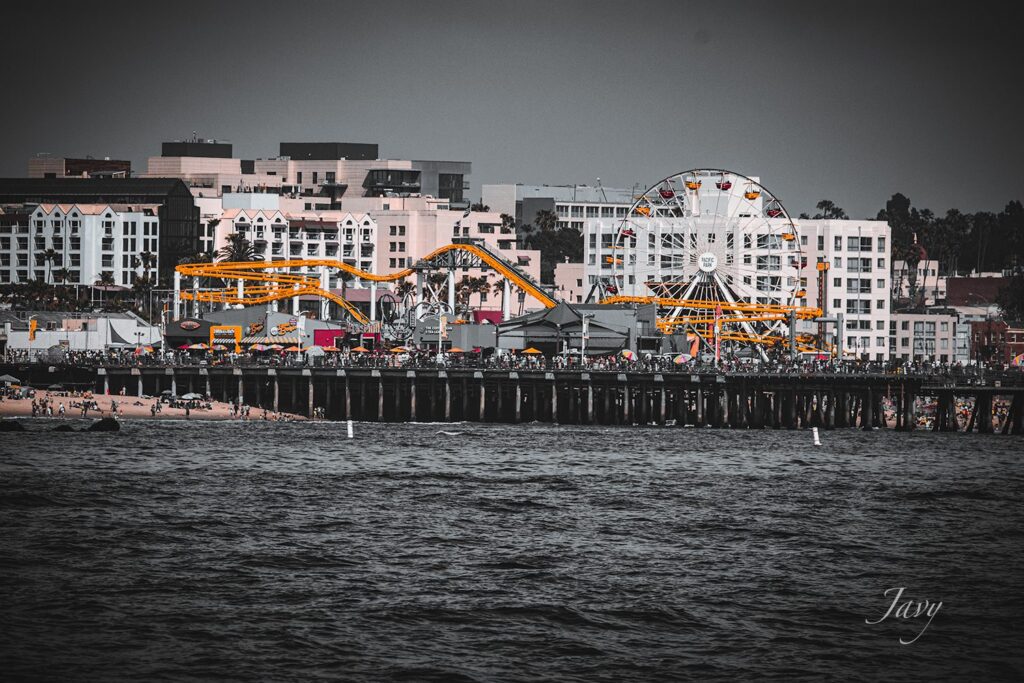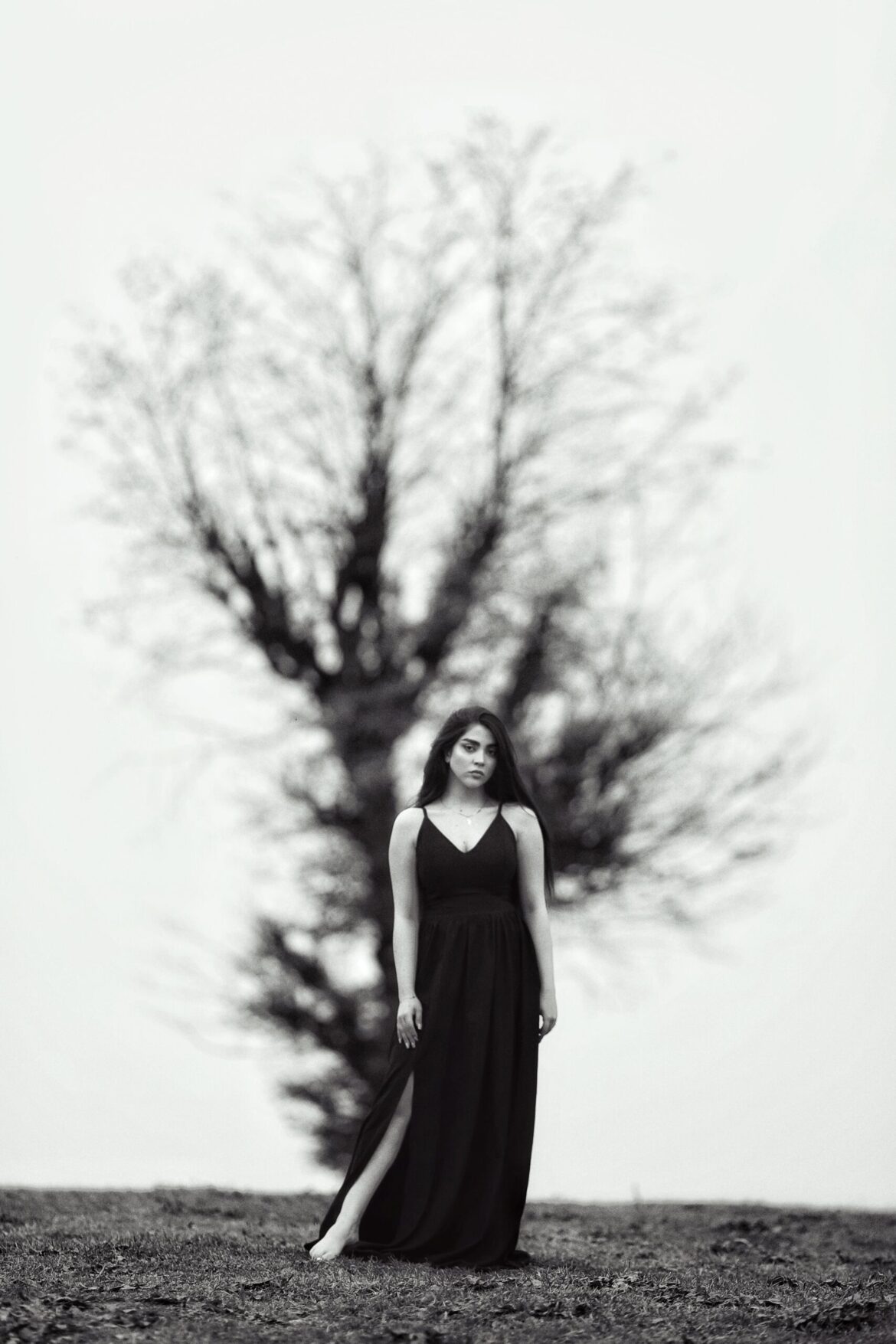Understanding The Power Of Fine-Art Photography: What Makes It Interesting?
Have you ever been stopped in your tracks by an image? Have you ever seen fine-art photography that was so visually and emotionally powerful that it forced you to pause and think about it? Or what about a song, a painting, or even a meal? When I first saw a Mark Rothko painting, it felt as if it reached out and grabbed my soul. I still get chills when I think of it.
The elements that impact us the most in fine-art photography are often extraordinarily simple, but what they lack in complexity, they make up for in bold points of view. They demand a reaction of some kind, for better or worse. A bell pepper in a bowl is the subject matter of one of the greatest fine-art photographs ever taken. Weston created this image in his signature style.
Are you looking for a creative outlet that will allow you to capture special moments in life? Or do you just want to take pictures of amazing places and scenes? If either of these resonates with you, then fine-art photography might be your calling. Fine-art photography is a type of photography that seeks to communicate an emotion or idea through the use of visuals. It is often used as an expressive and thought-provoking medium, but it can also be used to create beautiful photographs.
In this blog post, we’ll explore what makes fine-art photography stand out from other types of photography and how it can be used to capture stunning images.
The Definition of Fine-Art Photography
Fine-art photography is a genre of photography that seeks to capture images that are aesthetically pleasing and have a heightened sense of emotion or feeling. Fine-art photographers often use techniques such as composition, light, and shadow to create images that are evocative and expressive.
The term “fine-art photography” can be traced back to the early 1900s, when photographers began to experiment with photographic techniques that would ultimately lead to the development of the medium as an art form. In the years since, fine-art photography has come to be defined by its ability to transcend the mere recording of reality and instead offer viewers a window into the inner lives of its subjects.
Fine-art photography has been used to document some of the most important moments in history, as well as to capture the beauty of everyday life. The genre has produced some of the most iconic images of all time, and continues to inspire both amateur and professional photographers alike.
The History of Fine-Art Photography
Fine-art photography has come a long way since its early days in the 1800s. In those days, it was all about capturing images of nature and landscapes. As time went on, people began to experiment with different techniques and styles, and the genre began to evolve.
One of the earliest pioneers of fine-art photography was Alfred Stieglitz. He was instrumental in developing the genre and is credited with helping to make it an accepted form of art. In the early 1900s, he founded the Camera Club of New York and The Photo-Secession group, which were both influential in promoting fine-art photography.
Over the years, there have been many other notable fine-art photographers who have pushed the boundaries and helped to shape the genre. Some of these include Ansel Adams, Edward Weston, Andres Serrano, and Cindy Sherman.
Today, fine-art photography is widely respected and has been embraced by the art world. It is now possible to find fine-art photographs hanging in galleries and museums all over the world.
The Different Types of Fine-Art Photography
Fine-art photography encompasses a wide range of genres and styles, from traditional landscapes and portraiture to experimental abstractions. While there are no hard-and-fast rules about what qualifies as fine-art photography, there are certain characteristics that tend to set it apart from other types of photography. As one definition of “fine art” states: “Fine art is developed primarily for aesthetic purposes, as opposed to decorative or applied art, which may serve some practical purpose as well.”
One key element of fine-art photography is the use of light and composition to create an aesthetically pleasing image. Fine-art photographers often strive to capture the perfect light, whether it’s natural or artificial. They also pay close attention to composition, framing their subject in a way that highlights its beauty or significance.
Another important aspect of fine-art photography is the photographer’s vision or point of view. A good fine-art photograph should offer viewers a new way of seeing the world, whether it’s through innovative composition or an unconventional perspective. The best fine-art photographs are those that provoke thought and emotion in the viewer, offering a fresh take on familiar subjects.
If you’re interested in exploring the world of fine-art photography, there are many different genres and styles to choose from. Here are just a few of the most popular:
Landscape Photography: Landscape photographers capture the beauty of nature, often focusing on sweeping vistas or intimate details.

Understanding The Power Of Fine-Art Photography – Landscape Photography
Portrait Photography: Portrait photographers focus on capturing their subjects’ likenesses, but they also strive to capture their personalities and emotions.

Understanding The Power Of Fine-Art Photography – Portrait Photography – Photo by shahin khalaji on Unsplash
Abstract Photography: Abstract photographers use unconventional compositions, light, and textures to create non-representational images.

Understanding The Power Of Fine-Art Photography – Abstract Photography – Photo by Dave Hoefler on Unsplash
Documentary Photography: Documentary photographers document people and places, often aiming to bring attention to social issues or tell stories.

Understanding The Power Of Fine-Art Photography – Documentary Photography – Photo by Khashayar Kouchpeydeh on Unsplash
Architectural Photography: Architectural photographers capture the beauty of buildings, both old and new.

Understanding The Power Of Fine-Art Photography – Architectural Photography – Photo by mostafa meraji on Unsplash
Essentially, fine art is something that is created to be enjoyed for its own sake. Fine-art photography goes a step further. It all boils down to the intention behind the work – the idea, the question, the conception. This leads us to the next question.
The Pros and Cons of Fine-Art Photography
There are many different genres of photography, and each has its own unique purpose. Fine-art photography is no different – it is a genre that is used to create art. But what exactly makes fine-art photography stand out?
Fine-art photography can be defined as any form of photography that is created with the intention of being displayed as art. This means that the photographer must have a clear idea of what they want to create before they even start taking photos. Fine-art photography is not about capturing a moment or documenting an event – it is about creating something beautiful.
Of course, this isn’t to say that all other forms of photography are not also art. Every photo has the potential to be turned into art, but fine-art photography takes things one step further. The focus on composition, light, and emotion makes fine-art photographs truly special.
However, there are also some drawbacks to fine-art photography. Because the photographer must plan each shot so carefully, it can be difficult to be spontaneous and capture candid moments. And because each photograph must be perfect, the editing process can be very time-consuming.
Overall, though, the pros outweigh the cons when it comes to fine-art photography. If you’re looking for a way to create beautiful and emotive photographs, this genre is definitely worth exploring!
How to Get Started in Fine-Art Photography
Fine-art photography is a genre of photography that focuses on creating artful images rather than simply documenting a scene. To get started in fine-art photography, you will need to develop your own creative vision and learn how to use light, composition, and other elements to create beautiful images.
There are many ways to get started in fine-art photography. One way is to take classes or workshops from experienced fine-art photographers. This will give you the opportunity to learn about the technical aspects of photography as well as the creative process of making art.
Another way to get started is to simply start taking photos yourself. Experiment with different techniques and styles until you find a look that you like. Then, start sharing your photos with others to get feedback and constructive criticism.
The best way to improve your skills as a fine-art photographer is to practice regularly and never stop learning. Be open to new ideas and experiment with different techniques. With dedication and hard work, you can develop your own unique style of fine-art photography.
Last Shutter Thoughts
Fine-art photography is about more than just taking pretty pictures. It’s about capturing emotion, stories, and moments in time that can be cherished forever.
As a fine-art photographer, I strive to create images that are not only aesthetically pleasing but also have meaning and depth. I want my photographs to evoke feeling and tell a story.
Whether it’s a wedding, a family portrait, or simply a photo of a beautiful landscape, each image I capture is an opportunity to create something special.
I approach every shoot with the same level of care and attention to detail, because I know that each photograph has the potential to be a work of art. If you’re looking for something truly unique and memorable, fine-art photography is the way to go!
Before leaving, let me leave you with some sound advice, finding inspiration or practicing imitation is one thing. That’s often encouraged! It’s quite another to become envious of someone or their position. That’s a slippery and dangerous road to constant self-doubt and cynicism. You should be kind to yourself and allow yourself to explore what interests you. Do not complicate your concepts without good reason. Which comes to my second point, don’t be your worst enemy, getting your work out into the world as often as possible is the best thing you can do as an artist. Don’t wait for perfection or the perfect time. You can’t afford to be your own worst enemy as an artist. There will be many obstacles for fine-art photographers, especially if you’re trying to earn a decent living from it.
You might want to check out – Photographer vs Fine Arts Photographer: Putting the Differences Into Perspective.
What are your thoughts about Understanding The Power Of Fine-Art Photography? Was this article helpful? Your comments and suggestions are more than welcome.

